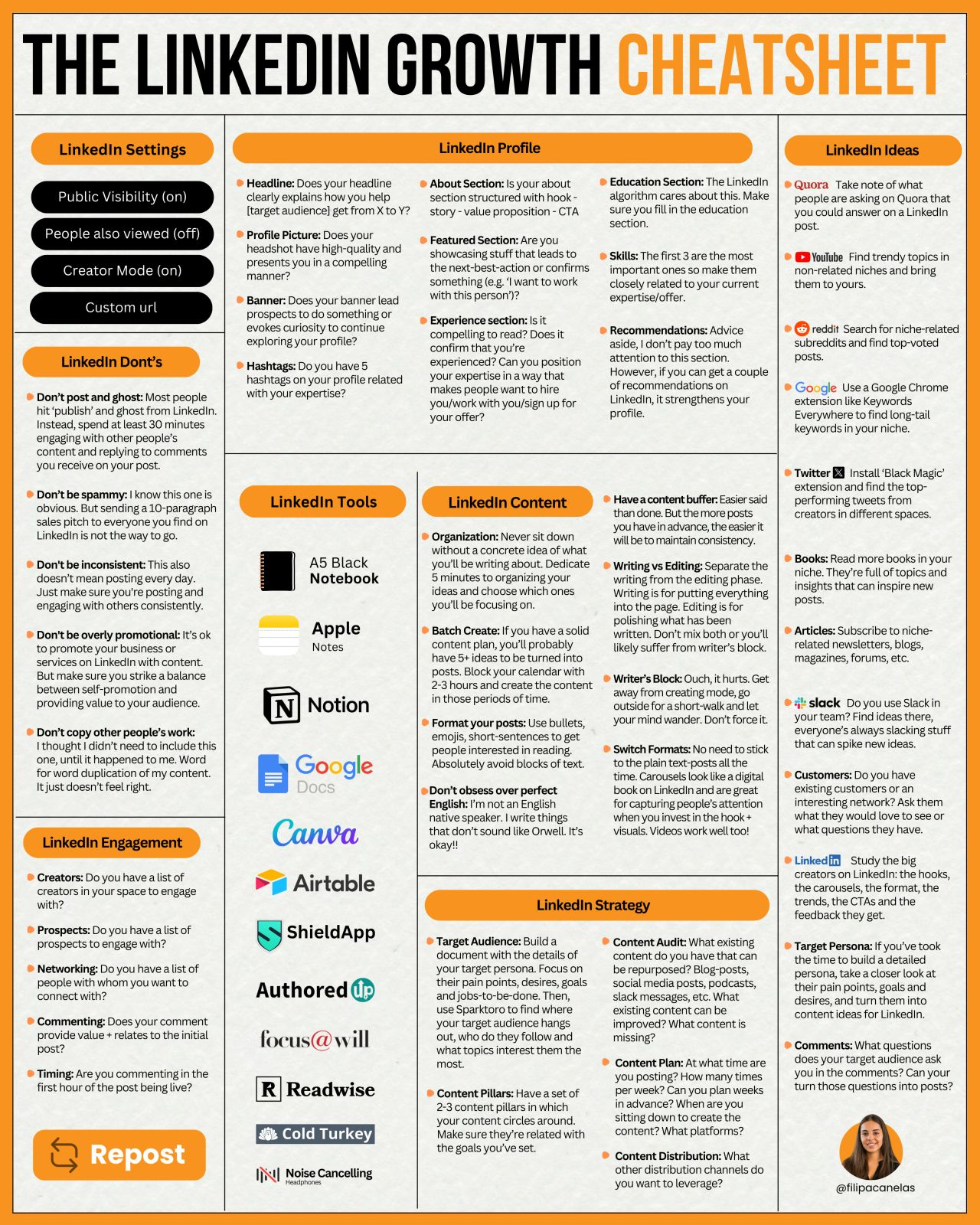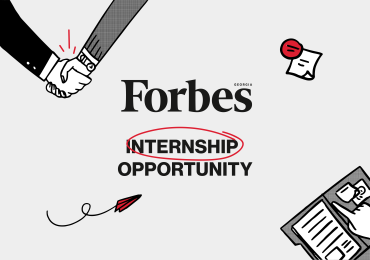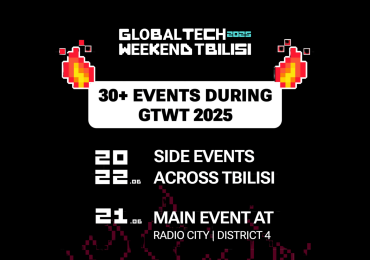This is for y’all one-person marketing “teams” and founders out there. I feel you and this is my attempt to help.
Disclaimer: I’ll be heavily borrowing from my favorite marketers and newsletters: Elena Verna, Leah Tharin, MKT1, Kyle Poyar, Lenny Rachitsky, Julian Shapiro, April Dunford, Kevin Indig, Reforge, Demand Curve.
Part 4: Lifecycle, Brand & Growth “Hacking” (oh, and some tools)
For the last part of the handbook, let’s cover three topics I think most startups misunderstand:
- How to do lifecycle marketing? Aka, how to do follow-up communication.
- How to do brand marketing and PR on a startup budget?
- Why there is no such thing as “growth hacking” and what you should do instead.
And in the end, I’ll recommend some tools (with free credits and/or massive discounts).
Lifecycle Marketing: It Doesn’t End at Sign Up
Got a sign-up? Great, but hold the celebrations. The journey’s just begun.
You see, lifecycle marketing isn’t a sprint; it’s a marathon. Many startups trip up by thinking that once a user signs up, they’re all set.
Big mistake.
The moment someone signs up is just a single touchpoint in their journey with your brand. From here, the real work begins. It’s about nurturing, engagement, upselling, and building lasting loyalty.
Think of it like dating: signing up is like getting a first date. Sure, they’re interested, but now you’ve got to build that relationship.
Lifecycle marketing is about recognizing which stage they’re at—whether they’re just discovering your features, becoming regular users, or at risk of churning—and then serving them exactly what they need.
Remember, retention is where the gold’s at. Acquiring a new customer can be 5x more expensive than retaining an existing one.
So, don’t drop the ball post sign-up. Instead, have a solid game plan to make every user feel valued, engaged, and eager for more.
Alright, now for the meaty stuff. How should startups get their hands dirty with lifecycle marketing? Let’s dive in.
- Segment Your Audience: First things first, know your users. Group them based on behavior, engagement, purchase history, or other metrics. For example:
- New users
- Active users
- Dormant users
- At-risk of churning
- Automated Email Campaigns: Invest in an email automation tool. They’re not just for newsletters. Set up automated email sequences for:
- Welcome series for new users (introduce features, share tips, etc.)
- Product usage tips for active users
- Re-engagement campaigns for dormant users
- Special offers or surveys for those at risk of churning
- Personalize Everything: Generic messages are blah. Personalization increases conversion. Use names, recommend based on behavior, and make your users feel seen.
- Use In-App Messaging: Especially for SaaS startups. Guide new users with feature prompts, celebrate milestones, or nudge them to try features they haven’t yet.
- Reward Loyalty: Introduce loyalty programs or special deals for long-term users. Make them feel special for sticking around.
- Monitor and Adapt: Tools like Mixpanel or Amplitude can provide insights on user behavior. Keep an eye on how users move through your lifecycle stages, and adapt your strategies based on actual data.
- Diversify Your Channels: Email is king, but don’t forget about SMS, push notifications, or even retargeting ads. Different strokes for different folks.
- Upsell and Cross-Sell: But do it smartly. If a user loves one of your features, introduce them to a premium one. If they bought product A, maybe they’d be interested in product B.
- Get Feedback: Always be in the know. Use surveys, feedback forms, or direct outreach to understand why users might be losing interest.
- Educate: Webinars, tutorials, or blog posts can add value. If users understand and derive more value from your product, they’re more likely to stick around.
Brand & PR for Startups
Press releases and nice but unless you have existing relationships in major publications, you probably can’t afford a major press release and that’s fine. You don’t need it.
What you do need is – personal branding.
Here’s a thing: the most important brand ambassadors for your startup aren’t celebrities or influencers but the team itself. Especially the founders.
I can’t stress enough just how much of a difference it makes when founders and team members are actively creating content on LinkedIn.
You’re not just the brains behind the operations; you’re the heartbeat of the brand. This is why building a personal brand that aligns and complements your startup is so important.
It’s not about ego or self-promotion; it’s about creating a narrative that resonates with your audience, partners, and investors.
Don’t do LinkedIn ads. LinkedIn ads generally perform terribly.
LinkedIn organic, however, has a surprisingly high ROI. Many marketers don’t realize that LinkedIn posts attract enough engagement to single-handedly drive top-of-funnel strategies.
Today, LinkedIn remains a content-deficient platform: there is more content demand than supply. Of all the major social channels, it remains easiest to become a top influencer on LinkedIn.
Here’s my brief LinkedIn playbook:
- Optimize Your Profile: Approach it as you would a landing page. Ensure it’s compelling and clearly represents your expertise, and product and provides a relevant CTA.
- Define Your Content Strategy:
- Primary Topic: Select one main area of focus.
- Supporting Themes: Augment with three related sub-topics.
- Consistency: Create content at least thrice weekly.
- Community Engagement:
- Identify Influencers: Zero in on 10-15 budding content creators aligned with your topics.
- Daily Interactions: Engage with their content regularly to stay visible and relevant.
- Build Meaningful Connections:
- Strategic Outreach: Initiate connections with pivotal individuals in your industry.
- Casual Conversations: Schedule 2-3 informal chats weekly to foster genuine relationships.
All these things might seem small, but they compound. Believe me, building a personal brand does marvels.
If you want something more comprehensive. Here you go (Zoom In):

Recommended Articles
- In-depth LinkedIn organic marketing guide – Demand Curve
- Brand = Accumulated Customer Happiness – Dan Hockenmaier
- How to get press coverage on a startup budget – SeedLegals
Growth Hacking Is Not a Real Thing, Growth Discipline Is
Let’s talk about “growth hacking.” I don’t even care to count how many times I’ve had founders ask me for some growth hacks.
Two common perceptions float around:
- The Life Hack Comparison: Many visualize growth hacking like their favorite life hacks. Turn grapes into wine ice cubes? Sounds fun. Turn a few tricks into sudden startup success? Not so much.
- The Dark Alley Perspective: Then there’s this notion that it’s all about sneaky maneuvers, much like hackers navigating the dark web.
Read my lips: there are no hacks. Stop looking for them. You’ll hack yourself to procrastination.
There are tactics and growth is a discipline.
Imagine this: a lumberjack, diligently working, hacking away at a tree. Each strike is methodical, aiming for maximum impact. That’s what real growth hacking is about – not short-term tricks, but dedicated efforts aimed at growth.
However, even this visualization is flawed. Unlike trees, business growth doesn’t have an endpoint. It’s an ongoing journey.
If we are to cultivate sustainable growth, we must shift our mindset from hacking to discipline. Growth discipline isn’t about guesswork; it’s a systematic endeavor. It’s about:
- Pinpointing impactful opportunities.
- Testing hypotheses.
- Drawing actionable insights.
- Iteratively applying those insights.
The objective? To transcend the boundaries of conventional marketing and infuse growth strategies into product development. This calls for an approach that’s both strategic and scientific – a lifeline for small businesses and budding startups with tight budgets.
To better understand, let’s soak in the wisdom of some of the brightest minds in the startup world:
- “Growth is now a system. It’s a process. It’s a philosophy. Growth is a discipline that can be studied and applied if you have access to the right people and frameworks.” – Hiten Shah
- “The essence of growth lies in looking beyond just marketing; it’s about seizing new product development avenues based on customer behavior or technological advancements.” – Hiten Shah, again.
- “The new-age marketer isn’t just a marketer. They’re part coder, part scientist, part artist. They’re growth hackers who approach the age-old question – ‘How do I attract customers?’ – with tools like A/B tests, viral factors, and a deep understanding of digital ecosystems.” – Andy Chen
To boil it down:
- Growth is more science than luck.
- To truly grow, dive deep into user desires and behaviors.
- Growth is an intersection of marketing and product.
And the heart of all this? Your product. Its value. The growth journey begins and ends there.
You can find some good tactics here – Growth Tactics – Demand Curve
Mostly Free Marketing Toolstack
And lastly. We all love good tools.
The good news is that you don’t need to spend ANYTHING on your marketing toolstack when you’re just starting up, most of the tools have free versions (which are enough for the early-stage startup scale) and many others offer startup programs (basically giving you free credits to use their apps for free for 6 months to 2 years).
Analytics Tools
- Google Analytics 4: The OG of web analytics. Best part? It’s free. It’s like that trusty compass every marketer needs.
- Amplitude: With up to $40K in credits – Link here, this product analytics tool is kind of a big deal. It helps you get under the hood of your product.
- Rudderstack: Ever heard of CDPs? Customer Data Platforms. These bad boys are revolutionizing how we see integrations, conversion tracking, and more. Rudderstack is a free CDP you shouldn’t miss. Or if you’re feeling a bit fancy, try out Segment – Link here – with up to 2 years free.
- Hotjar: Now. This is not free but if you’re a SaaS, trust me, you’ll want to put some money into this. Think of it like a camera that lets you see exactly how people navigate your software.
- Semrush: Absolute gem. I swear by Semrush but it’s pricey. So, early on, tools like Ubersuggest and Google Keyword Planner could be good alternatives.
Credits & Discounts
- Freshworks: Grab $10K in credits – Link here
- Miro: Think of $1000 in credits or 20% off as your map to visual collaboration – Link here.
- Hubspot: Get yourself up to 90% off – Link here.
- Notion: Organize your chaos with $1000 in credits – Link here.
And honestly, just use Google Workspace, because, who uses MS Office anymore? Google Workscape is free, it’s cloud-based, and it’s multi-functional.
Co-founder & Growth Lead at Kernel










